Intro
Implement a seamless Omni Channel Retail Strategy, integrating online and offline channels, to enhance customer experience, boost sales, and increase brand loyalty through unified commerce, retail marketing, and customer engagement.
The retail landscape has undergone a significant transformation in recent years, driven by the rise of digital technologies and changing consumer behaviors. Today, consumers expect a seamless shopping experience across multiple channels, including online, offline, and mobile. To stay competitive, retailers must adopt an omni-channel retail strategy that integrates all touchpoints and provides a cohesive brand experience. In this article, we will explore the importance of omni-channel retailing, its benefits, and the steps retailers can take to implement a successful omni-channel strategy.
The concept of omni-channel retailing is not new, but its significance has grown exponentially in recent years. With the proliferation of digital channels, consumers can now interact with brands through various touchpoints, including social media, email, online marketplaces, and physical stores. To deliver a consistent brand experience, retailers must ensure that all these channels are integrated and aligned with each other. This requires a fundamental shift in the way retailers think about their business, from a channel-centric approach to a customer-centric approach.
What is Omni Channel Retail Strategy?

Benefits of Omni Channel Retail Strategy
The benefits of an omni-channel retail strategy are numerous. Some of the key advantages include: * Increased customer engagement and loyalty * Improved customer experience and satisfaction * Enhanced brand reputation and awareness * Increased sales and revenue * Better customer insights and data analysis * Improved operational efficiency and reduced costsHow to Implement an Omni Channel Retail Strategy
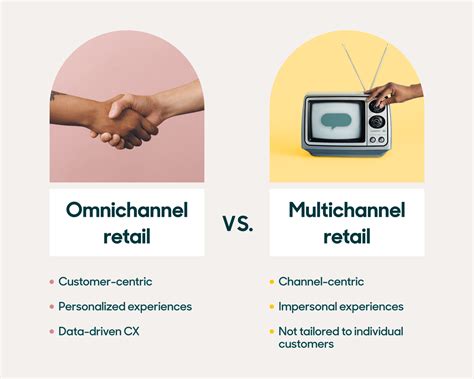
Key Components of an Omni Channel Retail Strategy
Some of the key components of an omni-channel retail strategy include: * **Online presence**: A strong online presence, including e-commerce websites and social media channels. * **Offline presence**: A physical store presence that provides an immersive brand experience. * **Mobile optimization**: A mobile-optimized website and apps that provide a seamless customer experience. * **Customer service**: A customer service strategy that provides support across all channels and touchpoints. * **Inventory management**: An inventory management system that provides real-time inventory visibility and management.Best Practices for Omni Channel Retail Strategy
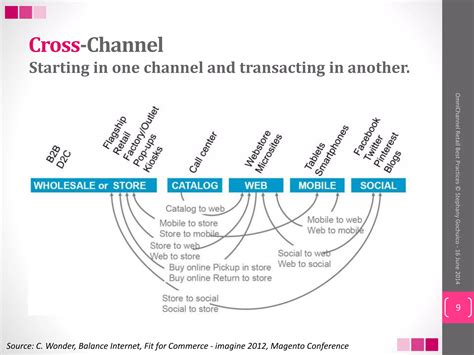
Common Challenges in Implementing an Omni Channel Retail Strategy
Some of the common challenges in implementing an omni-channel retail strategy include: * **Integrating channels and systems**: Integrating all channels and systems to provide a seamless customer experience. * **Managing inventory and logistics**: Managing inventory and logistics across multiple channels and touchpoints. * **Providing a consistent brand experience**: Providing a consistent brand experience across all channels and touchpoints. * **Measuring and evaluating performance**: Measuring and evaluating the performance of the omni-channel strategy. * **Staying up-to-date with emerging trends and technologies**: Staying up-to-date with emerging trends and technologies to stay competitive.Future of Omni Channel Retail Strategy
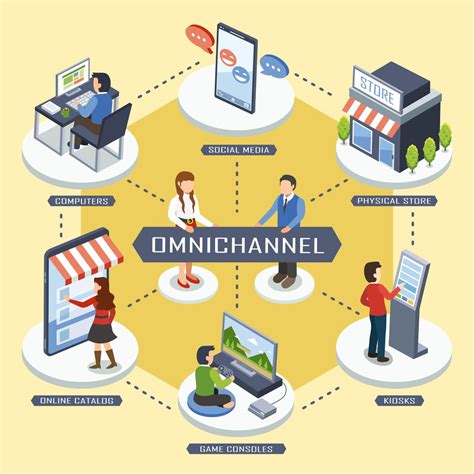
Conclusion and Final Thoughts
In conclusion, an omni-channel retail strategy is a comprehensive approach that integrates all channels and touchpoints to provide a seamless and consistent brand experience. By implementing an omni-channel strategy, retailers can increase customer engagement and loyalty, improve customer experience and satisfaction, and drive sales and revenue growth. However, implementing an omni-channel strategy requires a fundamental shift in the way retailers think about their business, from a channel-centric approach to a customer-centric approach.Omni Channel Retail Strategy Image Gallery

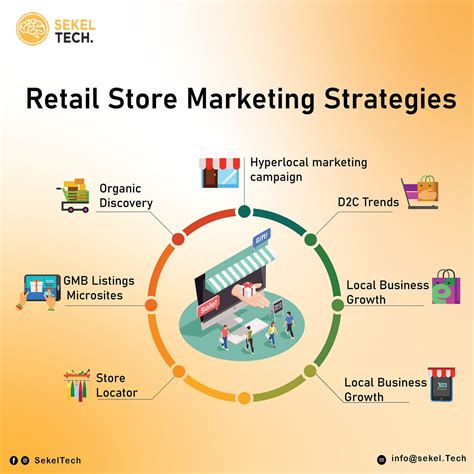
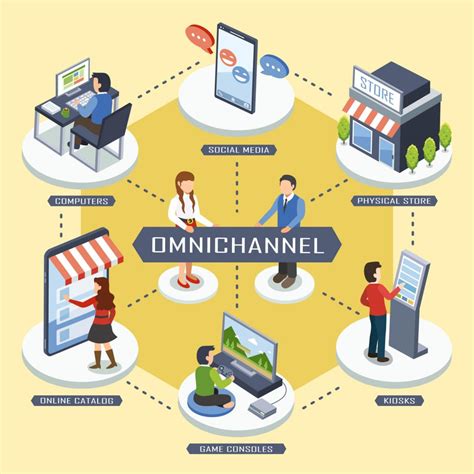
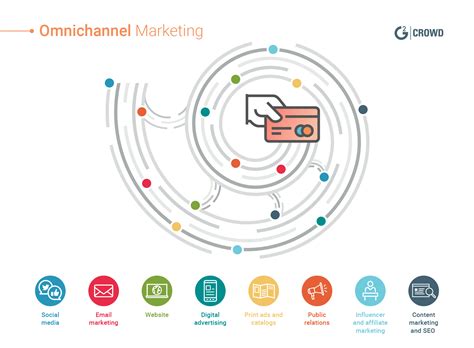

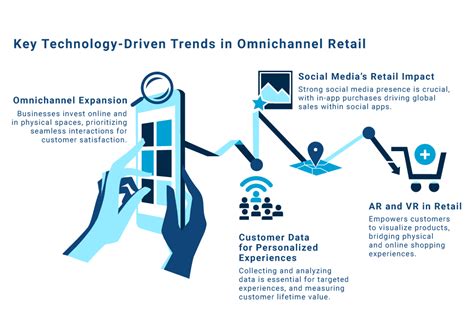

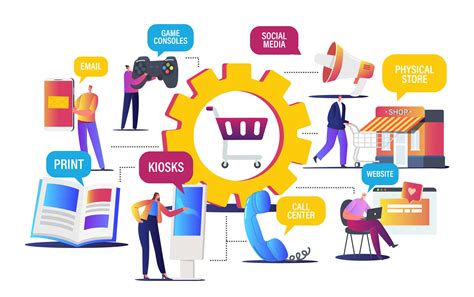
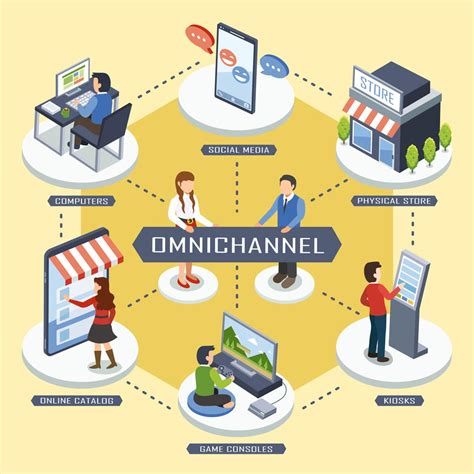
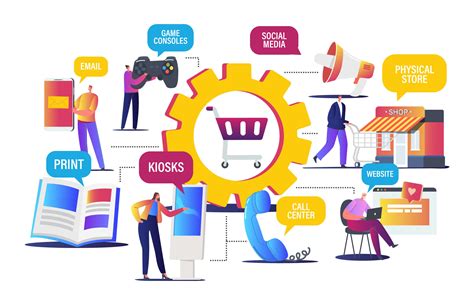
What is omni-channel retail strategy?
+Omni-channel retail strategy is a comprehensive approach that integrates all channels and touchpoints to provide a seamless and consistent brand experience.
What are the benefits of omni-channel retail strategy?
+The benefits of omni-channel retail strategy include increased customer engagement and loyalty, improved customer experience and satisfaction, and drive sales and revenue growth.
How to implement an omni-channel retail strategy?
+Implementing an omni-channel retail strategy requires a comprehensive approach that involves several steps, including defining the customer journey, developing a unified brand image, integrating channels and systems, and using data and analytics to inform decision-making.
We hope this article has provided you with a comprehensive understanding of omni-channel retail strategy and its importance in today's retail landscape. If you have any questions or comments, please feel free to share them with us. We would love to hear your thoughts and feedback. Additionally, if you would like to learn more about omni-channel retail strategy and how to implement it in your business, please don't hesitate to reach out to us. We are always here to help.
